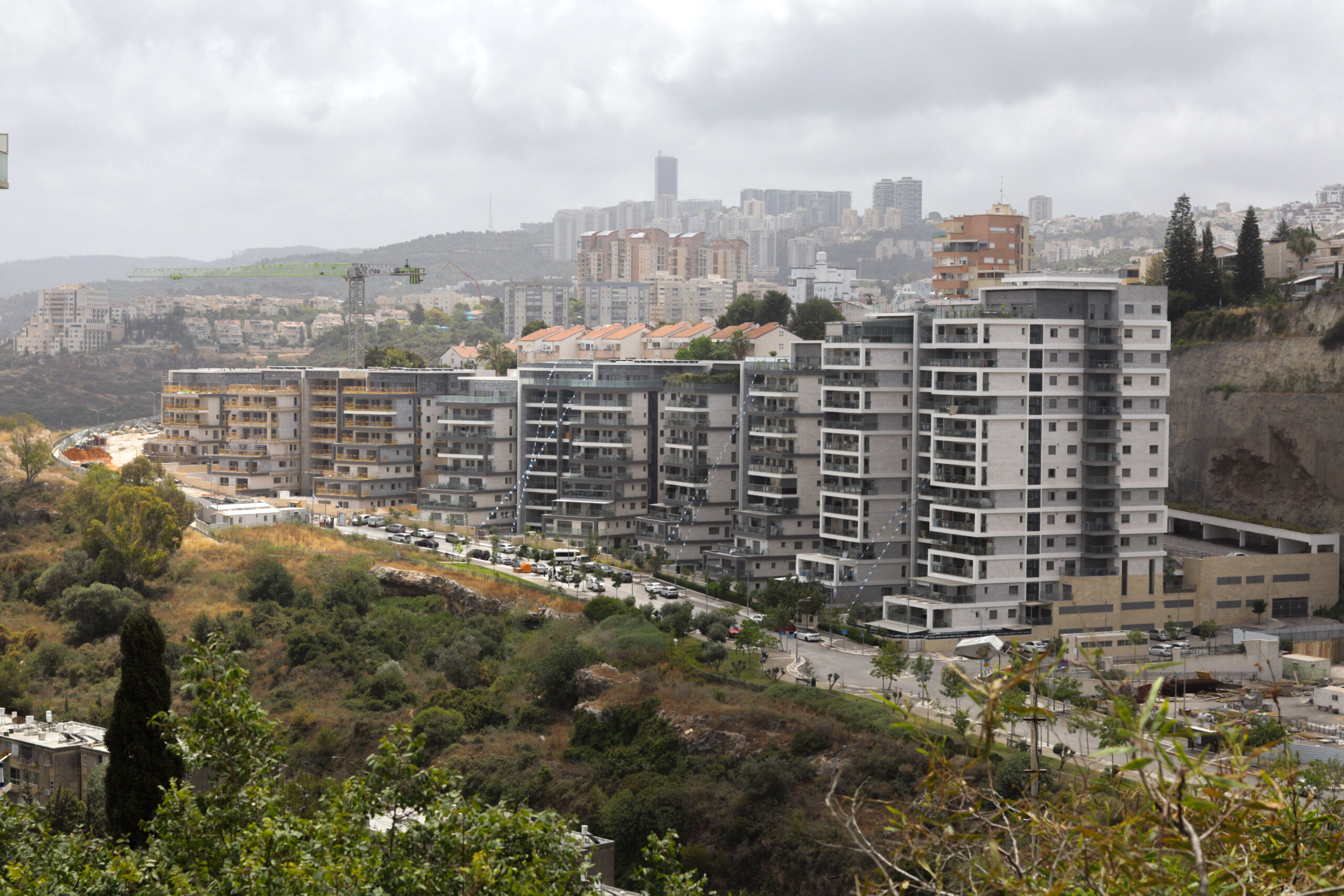Haifa’s housing market, once considered a more balanced and livable alternative to Tel Aviv’s runaway property scene, is now showing all the symptoms of a real estate bubble poised to rupture. The city’s proud blend of coastal elegance, academic institutions, and cultural diversity has in recent years masked an emerging crisis—one driven by speculative construction, a deepening disconnect between local incomes and apartment prices, and a grim backdrop of political instability, war, and economic uncertainty. The illusion of perpetual growth has led to overconfidence in a market increasingly divorced from the economic realities of its residents.
At the heart of this imbalance lies the staggering disparity between what people earn and what housing costs. While average household incomes in Haifa have remained stagnant or even declined in real terms due to inflation and job instability, apartment prices have soared. A modest three-room apartment in an aging building now routinely exceeds two million shekels, while new luxury towers—many built for speculative buyers rather than residents—are listed at prices that would be ambitious even in the wealthier central region. The average young couple, even with two incomes, is priced out unless they rely heavily on family support or take on risky, long-term debt. This widening gap between affordability and valuation is not sustainable and mirrors the warning signs seen in other housing bubbles.

The current pace of construction adds another layer of risk. Cranes and scaffolding dominate the skyline, with hundreds of new units set to flood a market that lacks corresponding demand. Developers are banking on investor interest and future economic recovery, but the reality on the ground is far less rosy. Many of these new apartments remain empty, either because locals can’t afford them or because they’re held as dormant investment properties by buyers with no intention of residing in them. This growing inventory of unoccupied units only increases the fragility of the market.
Complicating matters is Israel’s ongoing war, which has cast a long shadow over the nation’s economy. The northern front, in particular, remains tense—something Haifa cannot ignore. The city’s proximity to areas of strategic military importance, and its role as a key logistics and transportation hub, puts it within the range of conflict-related risk that international and domestic investors are beginning to calculate into their decisions. Meanwhile, economic confidence has been shaken nationwide. Investment has slowed, consumer spending has contracted, and unemployment has ticked upward. These macroeconomic tremors are already affecting Haifa’s job market, especially in the service and construction sectors that rely on steady growth and public stability.
The political situation is equally destabilizing. With ongoing protests, judicial reform battles, and eroding trust in public institutions, Israel faces an unprecedented internal crisis. International credit ratings have already taken a hit, and businesses are pulling back from long-term commitments. This broader environment of unpredictability doesn’t just spook investors; it discourages families from making major financial commitments like buying a home. Without confidence in the future, real estate becomes not a safe haven but a high-stakes gamble.
Toronto’s unfolding real estate collapse offers a strikingly relevant case study. Long buoyed by foreign capital, investor speculation, and ultra-low interest rates, Toronto’s market became deeply inflated—until reality caught up. As interest rates rose and the economy slowed, prices tumbled, projects stalled, and many who bought during the frenzy found themselves stuck with properties they couldn’t sell without incurring a loss. Haifa today is not far off from that trajectory. The fundamentals are similarly fragile, but with even less economic cushion and more immediate geopolitical risk.
Haifa’s real estate boom has become a mirage—one that looks impressive from a distance but evaporates on closer inspection. The combination of sky-high prices, falling affordability, economic and political instability, overbuilding, and demographic stagnation has created a dangerously overextended market. The moment interest rates nudge higher again or investor sentiment turns more cautious, the ripple effects will be immediate. This is no longer a story of growth—it is one of excess teetering on the edge. Haifa’s housing market, much like Toronto’s before it, is a bubble whose burst is only a matter of time.
Leave a Reply